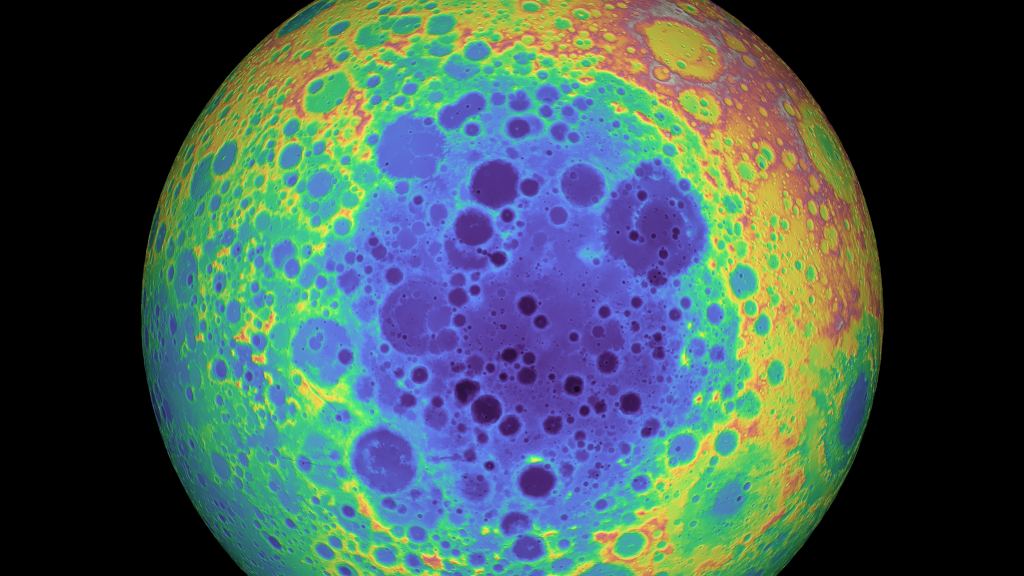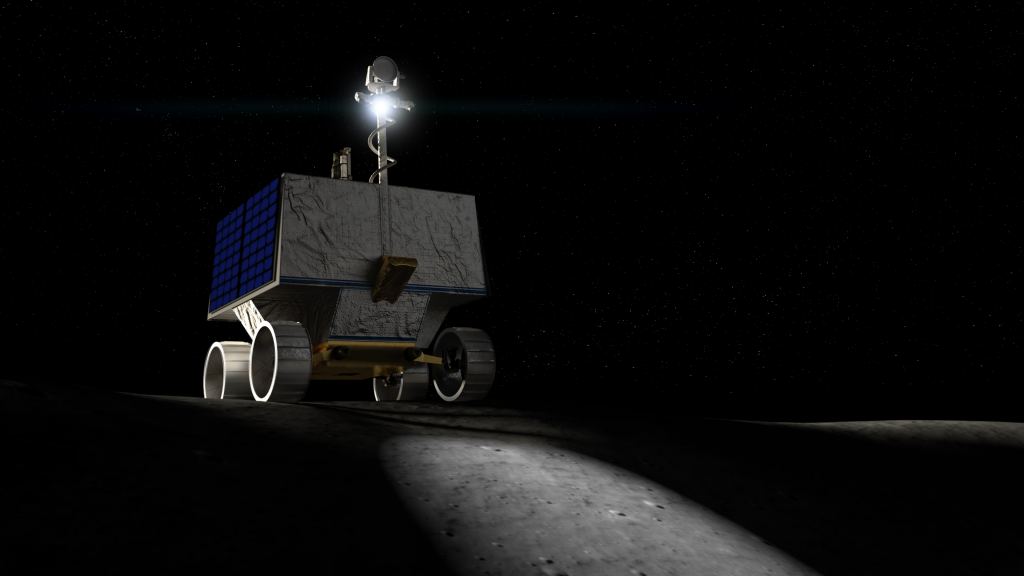NASA is busy preparing to land astronauts around the Moon’s South Pole-Aitken Basin by 2024, which will be the first time astronauts have walked on lunar soil since the Apollo Era. By 2028, they plan to establish the Lunar Gateway and Lunar Base Camp, which will facilitate long-term lunar exploration and also missions to Mars. Naturally, a lot of things need to be figured out beforehand, like seeing to the astronauts’ needs.
This includes shelter from the elements, food, and water, but also electricity. To meet that demand, the NASA Centennial Challenges Program has once again launched an incentive challenge through HeroX to inspire solutions. It’s called the Watts on the Moon Challenge, and in exchange for a prize purse of up to $5 million, NASA is looking for solutions on how to provide a reliable supply of energy for lunar missions.
The goal of this competition, which is expected to kick off no earlier than the end of September of 2020, is to enable new solutions for power distribution, management, and storage on the lunar surface. At the same time, NASA hopes that incentivizing solutions for providing sustainable energy on the Moon will also lead to the development of more reliable and eco-friendly technologies for use here on Earth.

The challenge is expected to have two phases that, together, will last no longer than three years. In Phase I, which will last approximately 8 months (including judging), teams will need to submit a concept design that can perform mission scenarios in a simulated lunar environment. NASA will select the facility in which the environment is built, which could include its own facilities or ones outside of the administration.
In this simulated lunar setting, teams will be presented three mission activities that they will be free to choose one or more of. Each activity presents a different combination of requirements, distances between energy sources and sites of operation, limitations, and challenges that the teams must account for. As NASA describes them in the competition guidelines:
“Water and oxygen are fundamental to exploration and future habitat on the lunar surface. Specifically, collecting and processing of water-ice and oxygen-bearing minerals to produce propellant and other mission consumables is a desirable early capability goal of the Artemis Program. The Mission Scenario describes a set of activities related to harvesting, processing, and purifying water from ice-laden lunar soil(regolith), as well as oxygen production.”
The Mission Scenario and three associated activities are based on the kinds of mission operations and environmental features that are anticipated on the Moon. All activities will be designed to simulate conditions inside the rim of a permanently-shadowed lunar crater in a polar region where temperatures are perennially -269 °C (-452 °F).

In addition, the proposed ideas must be able to contend with the long periods of illumination and darkness in the polar regions (aka. the diurnal cycle), which lasts 706 hours – 29 days, 12 hours, 44 minutes, and 3 seconds, to be exact. The three activities include:
Collecting Regolith: For this activity, teams must be able to provide power to a mobile platform operating inside the crater. This platform will be required to collect ice-bearing lunar regolith for 100 hours and then deliver it to a water extraction plant located 5 km (3 mi) away for processing. The total mission scenario time must not exceed 200 hours, and the platform must be able to ascend and descent into the crater (if needed).
Water Production: Here, the teams must deliver power to the water production plant, located 1000 meters (1094 yards) from the power source on the crater rim. The regolith, which will be 20% ice and 80% dry regolith by mass fraction, will be heated to 200 ºC (392 °F) to fully extract the water. During 100 hours of operation, the plant will produce 20 kg (44 lbs) of water, with three deliveries made over a total of 300 hours.
Oxygen Production: Teams must provide thermal energy storage for the oxygen production plant outside the crater, located 100 m (330 ft) from the power source. The plant heats dry regolith, which is 14% oxygen by mass, to temperatures of 1,800 ºC (3,272 °F) to extracts oxygen gas. The plant must produce oxygen at an average rate of 1 kg (2.2 lbs) per hour over the full 709-hour diurnal cycle.

The Prize purses for Phase I will total up to $500,000. Up to three 1st place winners be awarded $100,000 for each Mission Activity while up to four runner-up teams will receive up to $50,000 each. If submissions for Phase I should prove to be viable and particularly promising, the second phase will be held that will take things to the next level, lasting up to two and a half years with a prize purse of $4.5 million!
As with all challenges that have been launched to date by the NASA Centennial Challenges Program (many of which have been hosted by HeroX), the Watts on the Moon Challenge is in keeping with the mission of the NASA Space Technology Mission Directorate (of which it is part). As always, the goal is to foster innovation and the creation of new technologies that will support and facilitate future NASA missions.
The all-important issue of sustainability, which informs much of NASA’s plans for future space exploration, is also a major part of this challenge. As missions take astronauts farther from Earth and for longer periods of time, power systems that utilize sustainable technologies will become more and more important.
Not only do they need to rely on local resources, they must also be able to operate for long periods without resupplying and (wherever possible) produce zero waste. And of course, this type of technology would have endless applications here on Earth, where demand for electricity is rising concurrently with the decline of fossil fuels and a mounting climate crisis.
Whether it’s at home or in deep space, the ability to keep the lights on without breaking the bank and ruining the local environment is a must!
Further Reading: HeroX

